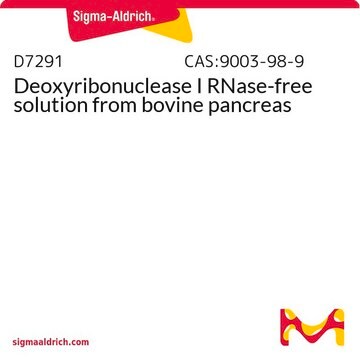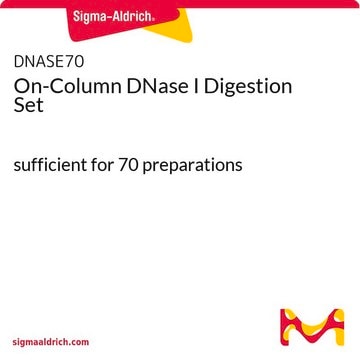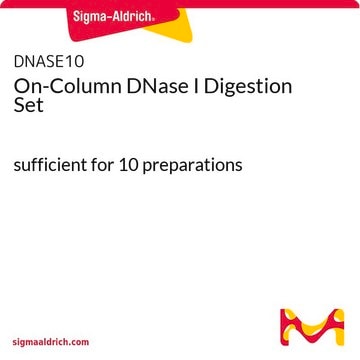I came across a research article on ResearchGate that discusses DNase I and its effects on plasmid DNA. The article provides the following insights:
1) DNase I can degrade plasmid DNA, and its activity depends on the ionic strength of the reaction buffer. The enzyme exhibits optimal activity in a buffer containing Mg2+ and Ca2+. Micromolar levels of Ca2+ act as an enzyme activator in the presence of Mg2+. It is also mentioned that sample buffer interference (TE buffer), which chelates Ca2 and Mg2, might have affected the DNase treatment on pure plasmid.
2) The suggestion is to use a buffer containing Mg2+ and Ca2+, increase the concentration of DNase I, and incubate at 37°C for 10 minutes.
3) For circular DNA, the article recommends denaturing the circular DNA first, as DNase I degrades DNA by making random single-strand nicks in the phosphate backbone. When the DNA is circular, the fragments are likely to remain coiled together. To linearize the plasmid, two nicks should overlap, which is a rare event. The article suggests using denaturing agents such as urea to facilitate the unfolding of the plasmid or linearizing the plasmid with a specific primer before the DNase I treatment. It also questions the need to digest the plasmid to remove RNA, suggesting the use of an RNA-specific RNAse such as RNAse A.











